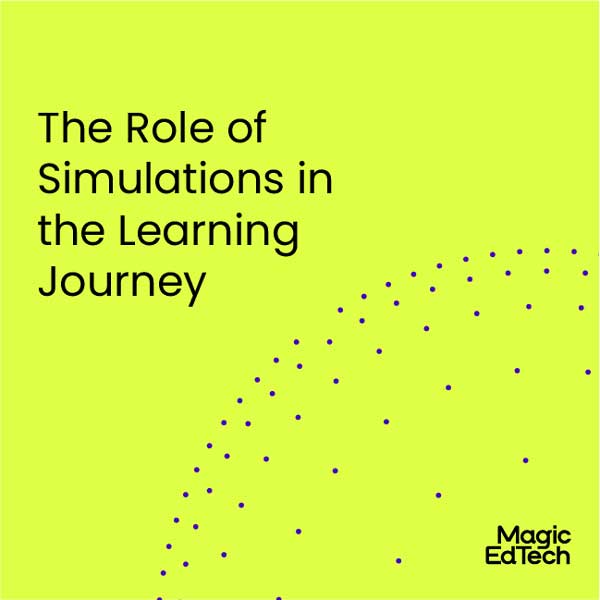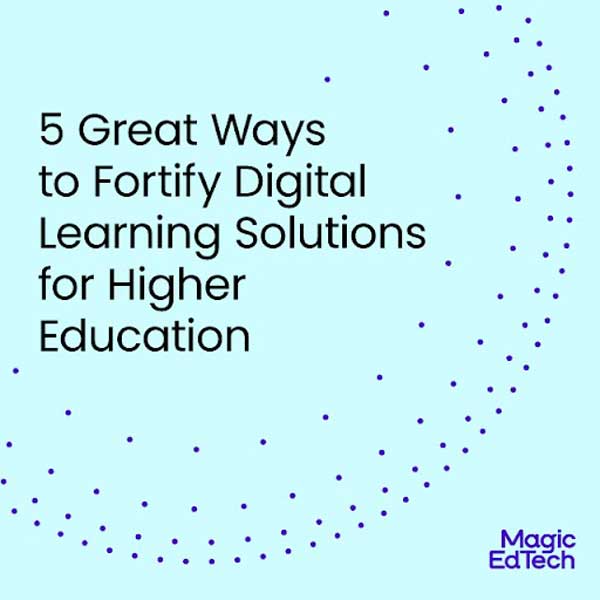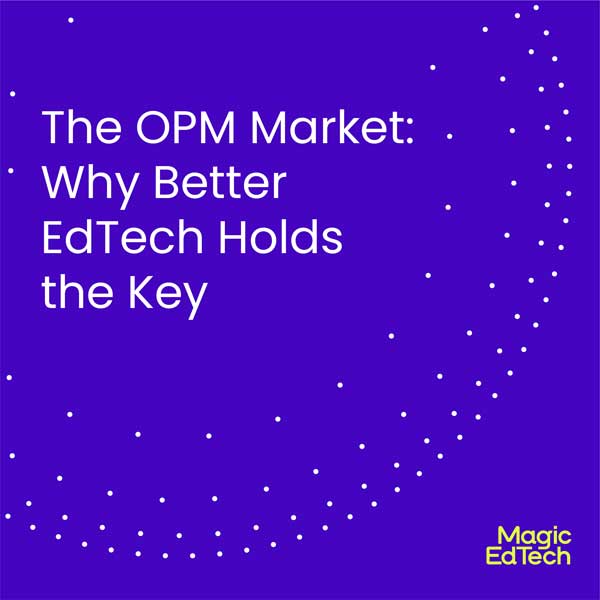4 Ways to Level Up Educational Courseware Production in 2023
- 14 November, 2022
- Reading Time: 5 minutes
In Oct 2022, the Nation’s Report Card revealed an unprecedented backward slide in student achievement. In response to this, the US govt has encouraged schools and colleges to spend a part of their ARP ESSER funds on adopting evidence-based courseware and upgrading instructional material for cultural relevance and State-alignment.
To keep up with the upcoming surge in demand, education publishers should prepare to scale up their content authoring processes. Having a streamlined process can help them:
- Stay flexible to the needs of educators,
- Deliver high-quality content on tight deadlines, and
- Deliver content that’s in-step with changing learner demands, habits, and state standards.
For education content companies, now more than ever, it is crucial to have a great courseware production strategy and the right course authoring tools to gain market share. But positioning your content teams to meet this demand doesn’t need an overhaul in the production process.
Ensure a winning courseware production strategy
Educational content production can be effort-intensive. While most publishers use eLearning authoring tools to navigate these, they can have some pain points which are important to acknowledge and eliminate. Here are 4 avenues where educational content providers face the biggest challenges and how to eliminate them:
1. Migrating Legacy Content to New Platforms
Your next year’s content goals probably include scores of content that are waiting to be migrated and ingested into new platforms. A sturdy content migration and ingestion strategy can prove the ROI from your transformation initiatives. And while it’s important to business goals, it also ensures that students and teachers get the best experience and eliminates accessibility barriers.
The challenge most ed publishers face with content migration is the sheer volume of content that needs updating and organizing. Consider developing an in-house working group to address content migration between different tools while ensuring it’s not lost.
Content migration and ingestion can also ensure that content doesn’t become a barrier when consolidating platforms, especially in cases where mergers and acquisitions are involved. Having the right content migration partner or in-house team can help your organization remain competitive by helping them move to the latest systems without worrying about past data. That way, you can ensure that your authors, SMEs, and customers do not get bogged down with repetitive tasks.
2. Ensuring Error-Free Experiences Within Content
No content authoring process is complete without Quality Assurance. Rigorous QA evaluations can be tedious and difficult to carry out but it is very necessary. When created in bulk, automated QA identifies any bugs or nonconformance within the content. With a little manual help, these bugs can be fixed to ensure there are none in the final product.
Since today’s learners access content on the go, on all screens from mobiles to TVs, you need to ensure screen responsiveness as part of your QA. This is even more important when you think about it from an accessibility perspective. Consult with an edtech QA vendor to assist in evaluating your products, identifying bugs, and eliminating them efficiently before the launch or release. A content accessibility partner can also check for and implement accessibility tools that will ensure learning content compliance.
3. Transforming Content to Next-Gen Formats
Another pain point that is commonly experienced within content authoring is transforming content to keep it engaging for learners. Courses need images, videos, audio clips, and sometimes even gamified content. All this means multiple authors, designers, and developers need access to the authoring workflow. Many content authoring tools today enable you to present content creatively. These can be leveraged to deliver an experience that is better than text-only.
Templatized content or ready content frameworks can be a game-changer for most educational content providers. Because even if you have the edtech tools, most institutions today look for end-to-end providers. Having the content ready along with your technology increases your chances of getting adopted. Reusable assets work like accelerators can improve speed and decrease cost. Scalability also offers cost efficiency when you are able to produce courses at scale. Assemble or outsource a team of ID and UX experts that can work in cohesion to help you improve course usability and track learner efficacy with advanced analytics.
4. Synchronizing teams and content authoring workflows
Most educational publishers have recognized the criticality of a digital-first production workflow. But this still means that multiple people within the teams (probably located remotely) need to be trained on each of these tools and workflow points. You also need to stay informed on upgrades and changes in these constantly evolving production tools. That’s when it might to easier to onboard a dedicated team who can execute all these custom transformations with very little effort from your production team. The alternative is to invest in an L&D strategy to update your internal teams on the best practices and new additions to your content authoring tools.
In conclusion:
For most educational content developers, it can be tough to ensure an end-to-end workflow that includes developing content, creating lessons, media production, and distribution. Even the smallest snags in content production can severely hamper the overall learning experience if not handled properly. It is imperative to identify these snags early on.
To do this, most publishers and edtech companies form an internal working group to assess their processes or commission a consulting organization that specializes in education. Outsourcing an existing content service provider can help fill in gaps by strengthening your content recycling and scale-up capabilities. Using a vendor for content production can also increase time efficiency and lower costs for these efforts if they were done solely within your organization.
The outcomes of your content production efforts will ultimately take effect in a classroom. When executed properly, it is the teachers and learners who will benefit from these enriched learning experiences.







